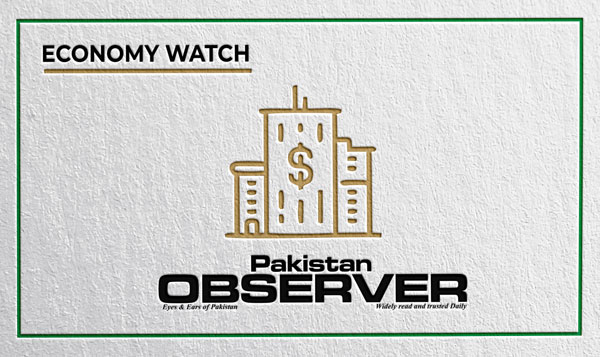Saudi banks money supply reached SR2.95 trillion ($785.51 billion) in November, marking a 10.3 percent rise compared to the same month last year, according to official data.
Figures released by the Saudi Central Bank, also known as SAMA, revealed that time and savings deposits have reached their highest percentage share of the money supply in over 15 years, accounting for 33.61 percent or SR989.99 billion.
These deposits also recorded the fastest growth rate among all components of the money supply, increasing by 18.10 percent.
Demand deposits accounted for the largest share at 48.76 percent, a slight decline from their 50 percent share a year earlier, though they grew by 7.69 percent during this period. The remaining components collectively made up 17.63 percent of the total money supply.
Edmond Christou, senior industry analyst at Bloomberg Intelligence told Arab News, “Local lenders’ role in financing projects requires more cash, underpinning the likes of Saudi Fransi, ANB, Rajhi and SNB issuing euro-denominated medium-term notes.”
He added: “Saudi central bank putting state funds on time deposits helped bank cash flow, along with open market operations and $31 billion of debt sales since 2022 or $25 billion excluding SNB’s CDS.”
According to the analyst, this surge in term deposits is a development driven by tighter liquidity conditions and elevated interest rates. The rise reflects strategic measures by local banks to navigate strong loan demand while attracting funds to stabilize their balance sheets.
Recent data from SAMA revealed that deposit growth is slightly behind loan issuance, putting some pressure on liquidity. Loans grew 13.33 percent year-on-year in November, outpacing the 10.52 percent increase in deposits. This imbalance has pushed banks to compete for depositors by offering attractive returns on term deposits.
Saudi Arabia has been driving substantial government projects to support its Vision 2030 ambitions, with a heavy emphasis on construction activity to transform its infrastructure, tourism, and overall economic landscape.
These projects, ranging from mega cities like NEOM to significant infrastructure developments, require vast amounts of funding, and banks have played a crucial role in financing them. To support these large-scale endeavors, the demand for credit has surged.—AN










